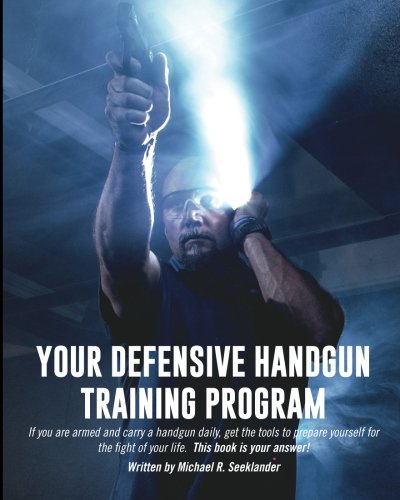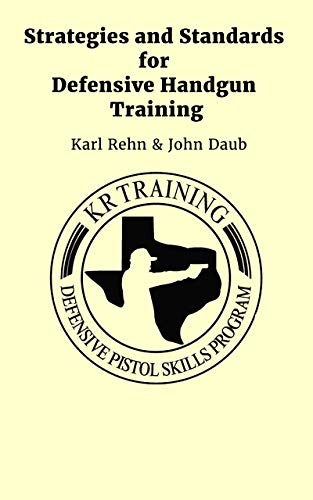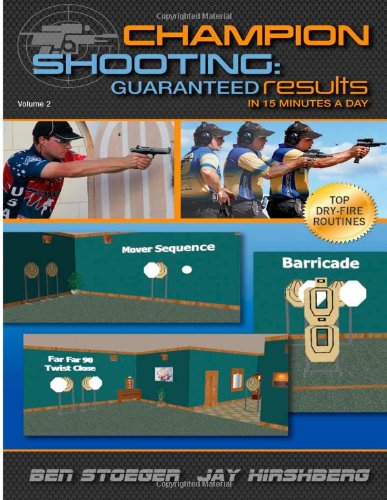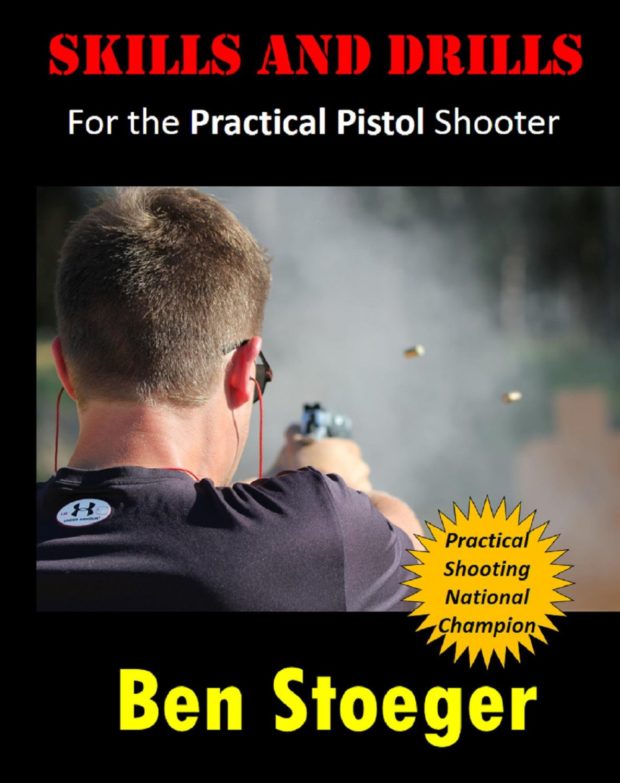Written by Greg Ellifritz
I got the following question from a reader. As I think this answer has a universal appeal, I chose to answer it here so that all of you can benefit as well. Here’s the question:
“I want to assemble/integrate your suggestions for practice sessions, but I’m overwhelmed by the banquet. Could you recommend a sequenced sub-set of those sessions for your subscribers? My ideal recommendation would be along the lines of “do this one until you achieve this standard, then move to the next; after this last one, do this set of four (a weekly/monthly rotation) in sequence, adding new drills for challenge or interest or your situation”
That’s a great question.
Before I talks about a logical progressive drill structuring system, I first have to discuss where you can find the best shooting drills to choose for your practice session. There are lots of sources for drill ideas. These are my favorites:
My website. I often write articles about individual shooting drills that I work on. At last count, I have almost 100 different shooting drills described on my site. All of those articles can be found HERE.

Practical Shooting Training- In Practical Shooting Training, Ben Stoeger breaks down marksmanship standards for all skill levels and provides a plan to work from one level to another.
Although I think this is Ben’s best book, Champion Shooting: Guaranteed Results in 15 Minutes a Day, Vol. 2 by Ben Stoeger and Jay Hirshberg gets an honorable mention as well. This book provides a logical drill progression and is designed to dramatically enhance your shooting abilities with a short amount of daily practice.
Michael Seeklander’s Your Defensive Handgun Training Program book. It is another must-have reference. It’s a large book (over 350 pages) that is full of drills for both live and dry practice. I regularly find myself using some of Mike’s drills in my practice routine.

Ben Stoeger’s Skills and Drills book. The previously-listed books are excellent, but the one I personally use the most for live fire drills is Ben Stoeger’s Skills and Drills For the Practical Pistol Shooter. Not only does the book contain dozens of shooting drills, Ben also lists suggested par times to evaluate your performance on the most popular drills.
He has par times for a Master Class USPSA shooter as well as a list of par times for the average defensive shooter who wants to be “good.”
Pistol-Training.com forum. Another other resource to check out is the late Todd Green’s drill page as well as the drill of the month section on the same site’s forum. Both are loaded with additional shooting drills to try.
Strategies and Standards for Defensive Handgun Training- Strategies and Standards for Defensive Handgun Training is a great book written by Karl Rehn and John Daub. It details drills for both basic and more advanced shooters. John has also written “Drills, Qualifications, Standards, & Tests” a 100 page eBook (link opens to PDF) that is available free if you subscribe to the KR Training mailing list.

As far as recommending a structured progression, you can go one of four routes…
In Seeklander’s book, he outlines a very good progression on page 228. Do each of his suggested drills in the order he lists them. Do not move up a level until you are performing the drills at a pace that is acceptable for you. His suggestion is to move up a level every week. I would personally stay at each individual level as long as I was still making significant progress. When you are no longer improving significantly on the basic drills, it’s time to move up to the next level.
The second option is to use Ben Stoeger’s “Standard Exercise Reference Guide” on page 58 of Skills and Drills. Do each of the 11 drills he outlines at the three yard distance. When you can meet his par times on those exercises, move up to the next distance and begin again. When you make the par times for every drill, you simply increase the range.
It is a brilliant solution and creates an organic progression from easier to more difficult shooting tasks.
The third option is to shoot the IDPA classifier test. After running through each stage,add up your time and score. Look up your time on this table to find out where you rank. Work on each drill until you are able to move up to the next division. Doing this may get a bit boring at times, but if you spend the time trying to better your skill set on every range session, you will make logical and predictable improvements.
The final method is to start with an assessment of your current shooting skills. What do you think needs to be improved the most? Pick that particular skill set and use the resources above to find some drills that will help you get better in that arena. Keep working those particular drills until you are satisfied with your performance. At that point, choose another skill to work on and go through the process again and again.
Although it’s the least structured method of the four I’ve outlined, this is how I improve my personal shooting abilities. I pick a drill and then I shoot that drill every single time I practice for an entire year. I shoot the drill cold as my first shots fired of the day. After shooting my chosen drill, I then use other courses of fire to build improvement on each separate skill set that makes up the primary drill.
I track my progress on the drill throughout the year and then pick a new annual drill to do every January.
The next time you go to the range, don’t mindlessly plink at a bullseye target. Identify some aspect of your shooting that you would like to improve and find a drill that will help you get better.
Some of the above links (from Amazon.com) are affiliate links. If you purchase these items, I get a small percentage of the sale at no extra cost to you.


